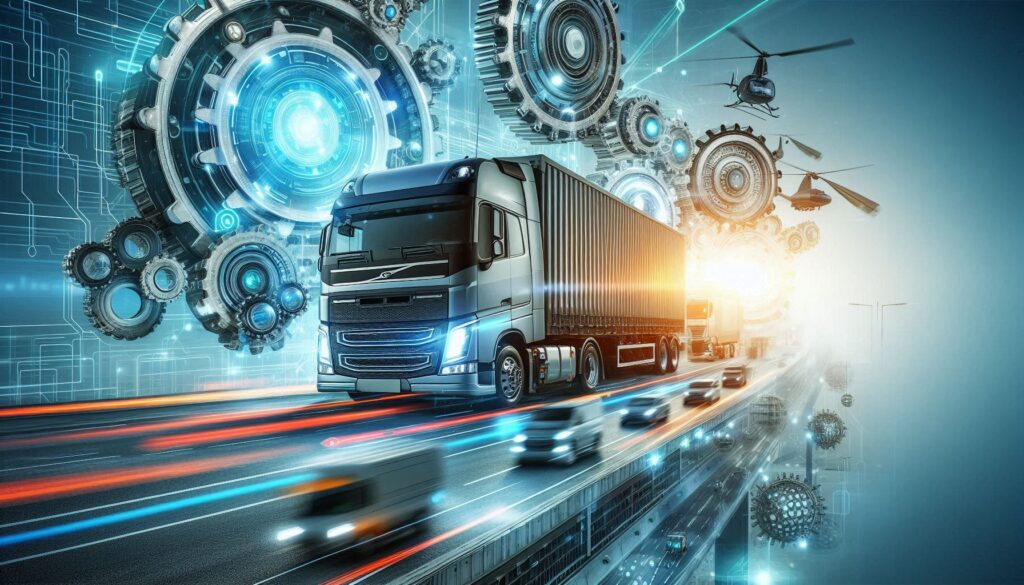The trucking and logistics industry is experiencing a significant transformation driven by technological advancements and the need for greater efficiency. To remain competitive, companies must integrate modern IT infrastructure into their operations. However, this process comes with its own set of challenges.

Legacy Systems and Data Silos -One of the primary hurdles is the existence of legacy systems and data silos. Outdated software and hardware often can’t communicate with newer technologies, hindering seamless data exchange. This leads to manual data entry, errors, and delays, which can be detrimental to overall efficiency.
Scalability and Flexibility Trucking and logistics companies need scalable- IT infrastructure to handle fluctuating workloads and adapt to changing market conditions. Unfortunately, rigid legacy systems struggle to meet these demands, limiting business agility and responsiveness.
Cybersecurity Risks Integrating IT infrastructure also increases cybersecurity risks.- Connected systems and extensive data exchanges create vulnerabilities, putting sensitive information at risk of breaches and cyberattacks. Protecting data is crucial in maintaining trust and compliance with regulations.
Change Management– Integrating new IT infrastructure requires significant changes to business processes and employee workflows. Resistance to change can slow adoption and reduce the effectiveness of new technologies. Effective change management strategies are essential to smooth transitions and successful integration.
Interoperability– Different systems and software must communicate effectively to avoid integration headaches. Ensuring interoperability is crucial for leveraging the full potential of modern IT infrastructure. Without it, companies may face operational inefficiencies and missed opportunities. Overcoming the Challenges To navigate these challenges, trucking and logistics companies should:
1. Assess and Upgrade Legacy Systems: Regularly evaluate existing systems and upgrade to ensure compatibility with modern technologies.
2. Implement Scalable and Flexible Solutions: Choose IT infrastructure that can scale with your business and adapt to market changes.
3. Prioritize Cybersecurity: Invest in robust cybersecurity measures to protect sensitive data and ensure compliance.
4. Develop a Robust Change Management Strategy: Create strategies to manage the transition to new technologies, including employee training and support.
5. Ensure Interoperability: opt for solutions that integrate seamlessly with existing systems to maximize efficiency and productivity.
By addressing these challenges head-on, trucking and logistics companies can harness the power of modern IT infrastructure, driving efficiency, productivity, and competitiveness in an increasingly digital landscape.